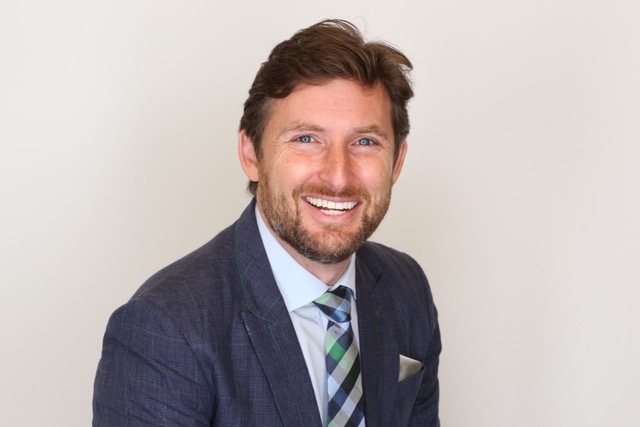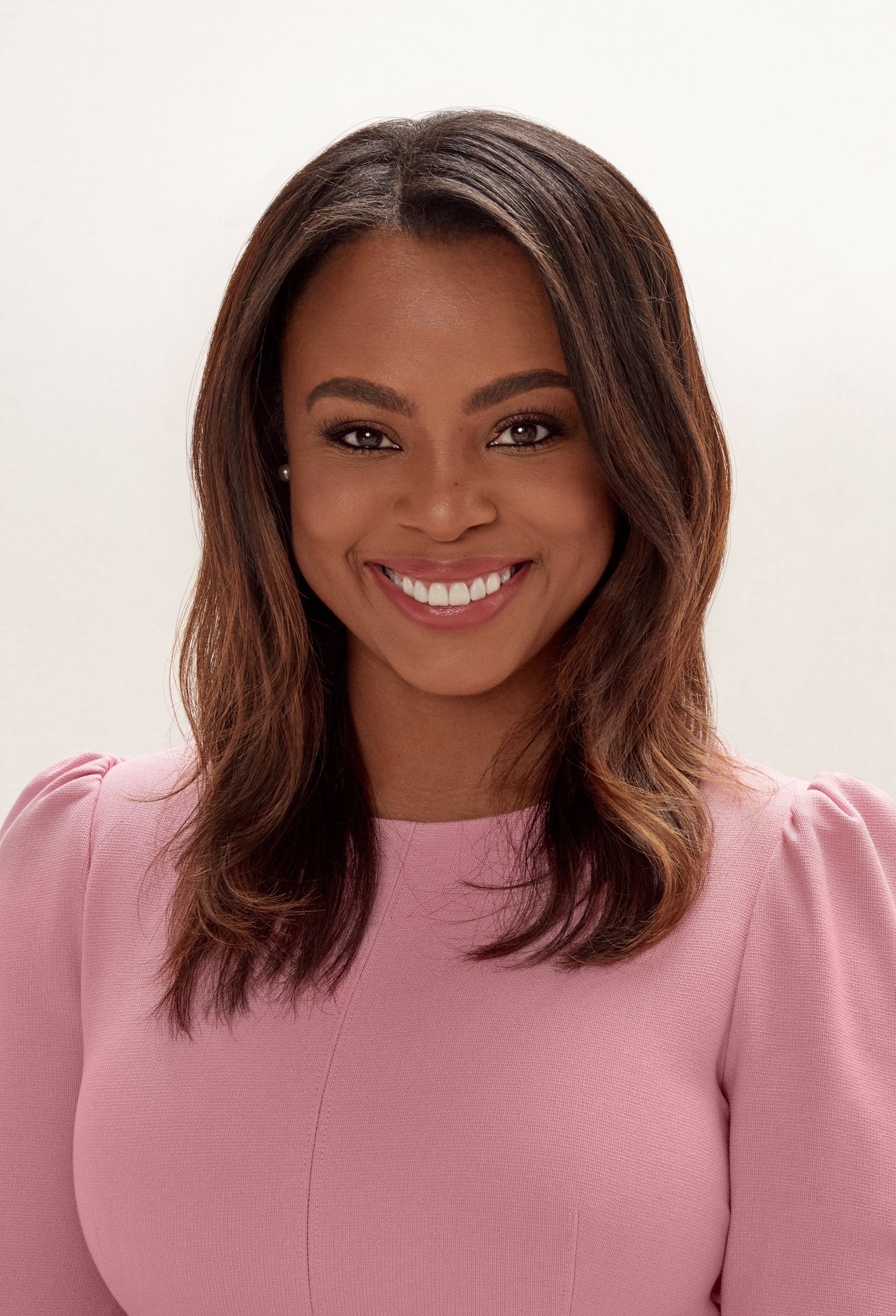Josh Halpern On Taking Your Business Global
July 14, 2021
Sacha Brown And Jackie Shihadeh


Josh Halpern knows the global market. As a former U.S. Commercial Diplomat, he led the retail, logistics, and e-commerce portfolios for the U.S. Embassy in China. After returning to Silicon Valley to launch the Obama Administration’s national eCommerce Innovation Lab, Halpern has continued to be renowned as a leader in global retail innovation. He currently heads Omni-Channel Strategic Partnerships for the e-commerce platform BigCommerce, and his work has inspired the creation of the Getting to Global Initiative. In the last few years, he has traveled the U.S. in a mobile video studio called the VanBassador, interviewing brands on how they are staying local and going global.
CFDA sat down with Halpern to get his take on essential tips for success in the global market.
At what stage of business should a fashion brand be considering global expansion?
This is a question I get asked often. I like to turn this around to ask “At what point is a fashion brand ready to grow?” If you are selling anything, anywhere, then the answer is “Now.” There are three converging factors of opportunity for small and medium-sized businesses today.
One: Access to data and tools has become more affordable than ever and they are capable of providing businesses with a global vantage point that previously was only available to larger global multi-nationals. Whether it’s Google Insights, Facebook IQ, ROI Hunter, BigCommerce’s native data platform or just jumping on your Instagram feed and checking where your traffic is coming from, you can identify your consumers globally in a few clicks.
Two: Cross-border demand for goods has hit all-time highs because consumers can see what is available across the globe and want the same thing. I’ve seen numbers such as “50 percent of large retail site traffic will come from consumers outside their domestic market by 2025.” Two of the main reasons consumers are purchasing cross-border play particularly well to the small and medium fashion brands. (1) consumers want products they can’t find in their own market. Meaning, by definition, they want smaller brands; (2) they want products that are local/special. Sure, they also go abroad for price but that is not necessarily a value prop U.S. and EU fashion brands will compete on, except if their DTC strategy reduces the import tax compared to wholesale in-market distributors, but we can save that discussion for another time. I think we have an interview coming up in this series with Kai Li, VP of International at REVOLVE where we talk about this a little further.
Three: Authenticity is KING. Consumers across the globe seek authentic stories birthed from a new breed of brand founders coming of age in an era of unavoidable transparency. Today’s brands have shed the “fourth wall” and readily share their story, product origin, supply chain flow, sustainability features and, in many cases, their challenges in fulfilling their promises. They have joined hands with their consumers to battle external systemic factors, costs, and trade policies that prohibit their progress. The line between brands and consumers has blurred and that plays very well to small and medium sized brands without legacy supply chains, massive overhead, and antiquated PR and marketing department policies.
What are some of the greatest barriers to fashion brands who are looking to take their business global?
The initiative Getting to Global runs workshops that build e-commerce optimization road maps by addressing the pillars of global expansion which consist of logistics, payments, legal and regulatory issues, marketing, financing, omni-channel strategies, and more. But in the past couple of years, we tracked and aggregated service companies on our Export Connect platform which have aggressively tackling challenges across all these fronts with cross-border DTC logistics companies enabling global fulfillment, payment companies unlocking fully localized check-out experiences, and data companies providing amazing dashboards for global ad spend management. Then there are marketplaces that are not-so-slowly taking over the entire global expansion vertical. And we see platforms like BigCommerce’s Channel Manager enabling product listings syndication across multiple marketplaces managed on a single dashboard.
So, in short, it is no longer a barrier to get your products online, across the globe, deliver them to consumers and get paid. For a majority of brands, especially in the fashion space, the number one barrier is the ability to cut through the noise from a marketing perspective. This makes sense because the easier it is for brands to put their product on sales channels across the globe, the more competitive the landscape is. How do you get seen by the right consumers? As my friend James Clarke, who ran QVC’s joint venture in China, used to say, “You’re a snowflake in a blizzard without a solid digital marketing budget.” And he should know because he climbed Mt Everest.
Did that play into your creation of the VanBassador?
Actually, that dovetails nicely. For the reasons I just mentioned, I determined the number one challenge small businesses with limited budgets but amazing stories face is international brand building. I started traveling throughout California working on a project with the California government’s California International Trade Center to help small businesses get online and international. I am perhaps annoyingly curious about how they get started and what pain points in our society they have identified and set out to address. From fashion-forward brands, celebrity endorsed skincare, to extra-strength #vanlife magnets, we have such a remarkable entrepreneurial spirit in America, and the infrastructure such as the Small Business Administration Office of International Trade to support them. And from serving overseas as a Commercial Diplomat (Foreign Service Officer) with the U.S. Commercial Service, I know the consumers in Asia and elsewhere would also love these products, if they could only find out about them.
Let me take a step back. My mission in California was Statewide and my wife and son were living in Mexico City. I met the founder of Shark Tank winner Coco-Jack, Dave Goodman, running a workshop in LA. He was living in a van and managing a 20+ totally-virtual team. He asked, “Why are you renting cars and Airbnb’s across the state when you could be living in a van, and traveling in style?”
So, fast-forward six months, I built out a mobile video studio/home-away-from-home Sprinter Van. I called in the VanBassador and began traveling the state interviewing brands about their global journey. The next phase is to launch a series that brings overseas influencers on road trips with similar-minded U.S.-based influencers to meet brand founders and share their stories across the globe. Some weeks we might take a China-based hip-hop influencer to visit a streetwear brand in New York and do a street performance while others might be with a surfing influencer in Australia heading to California to visit an anti-plastics beach clean-up and take a yoga class on the beach. We’ll visit pediatricians and talk “baby apparel,” snowboarding and rock climbing, etc. Basically, I wanted to take it into my own hands to shine a spotlight on brands that deserve to be seen across the globe.
Because, today’s truth is that consumers identify with a tribe that speaks to their place in society. And thanks to digital media and e-commerce, a tribe and the brands they love transcend borders. This is the flipside to the self-fulfilling polarization of our media today. While we avoid hearing perspectives we don’t agree with, we seek out those we do. Irrespective of geography, we identify with our fellow “tribe” member in Germany, Colombia, Michigan, and Mumbai more than our neighbors down the street who don’t subscribe to our ethos.
Through our collaboration on the Global eCommerce and Logistics series, we aim to highlight topics that are important for fashion brands to consider as they consider and navigate their own global journeys – what first steps should a fashion brand take if they are ready to take action?
Know your tribe, speak to them and then find more of them, wherever they are in the world.
Josh Halpern IG: @jshalpern
Getting to Global IG: @gettingtoglobal
VanBassador IG: @vanbassador

